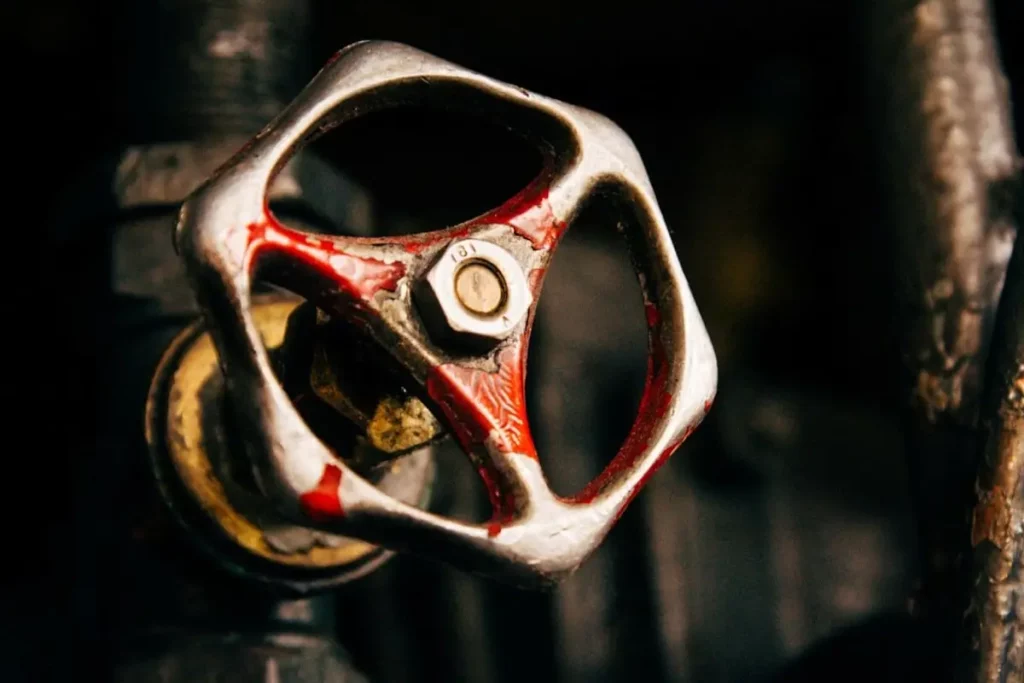If you work in power generation and critical process industries requiring steam and high-temperature liquids, you will likely come across parallel slide valves in your piping system. The function of a carbon steel parallel slide valve is to isolate flows within piping systems. The carbon steel discs slide across the parallel body seats, using line pressure to form a tight closure. When you open or close the valve, the disc mechanisms help to dislodge any foreign materials that may be present on the seating faces by their sliding action.
Types of Carbon Steel Parallel Slide Valves
Carbon steel parallel slide valves are available in different sizes and designs based on your needs. Several optional add-ons for this slide valve type include by-pass arrangements, open/shut indicators, water sealed glands, chain wheels, capstan handwheels, buttweld end connections and gear, electric, pneumatic or hydraulic actuation. Carbon steel parallel slide valves are also available in an extensive range of high-pressure and high-temperature designs, including the ANSI 2500 special class.
Parallel slide valves can be made with different materials, including alloy steel, carbon steel and cast iron. Sizes range from as small as DN15 to DN300 and over.
Applications
When working in generation and critical process industries requiring steam and high-temperature hot water, carbon steel parallel slide valves are used within piping systems to manage the flow. The most common application of carbon steel parallel slide valves is isolating flows within these high temperature piping systems. When the valve is closed, the piping system is sealed off, therefore isolating the flow of fluid through the system.
Features
The sealing abilities of a parallel slide valve are superior to that of a traditional wedge type gate valve due to their advanced seating principle making them the preferred choice in critical high-temperature service applications. The tight seal in a carbon steel parallel slide valve is created by the internal fluid pressure, ensuring a reliable seal that can prevent leaks.
Working & Performance Characteristics
Operating the valve’s closure mechanisms or discs is done using the attached handwheel. As a result of its parallel seating surfaces, the operating torque required to open and close the valve is considerably less than that for an equivalent sized wedge gate valve. Offering the advantage of being able to use smaller handwheels or actuators. Carbon steel parallel slide gate valves have reliable sealing, less flow resistance, and longer durability.
Structural Characteristics
A carbon steel parallel slide valve features two independent discs which are held against the parallel body seats by a light spring located between them. This valve system relies on the pressure in the line to achieve tight closure. As a result of the disc assembly’s flexibility, temperature changes in the line do not affect the actions of the valve. They also offer protection against ‘thermal locking’ when the valve is closed and the temperature of the fluid begins to cool. The discs also help dislodge any foreign material present on the seat faces when opened or closed.
Main Components of a Carbon Steel Parallel Slide Valve
There are seven main components of a carbon steel parallel slide valve. The components include the body, bonnet, discs, seats, stem, handwheel, and packing.
The Valve Experts
John Valves can help you with all your carbon steel parallel slide valve needs and questions. Our team of valve experts knows everything there is to know when it comes to the replacement, installation, and maintenance of valves. Contact us to book an appointment, and we can help you with supply, installation, repair, or any other requirements you may have for carbon steel parallel slide valves within your piping systems.



